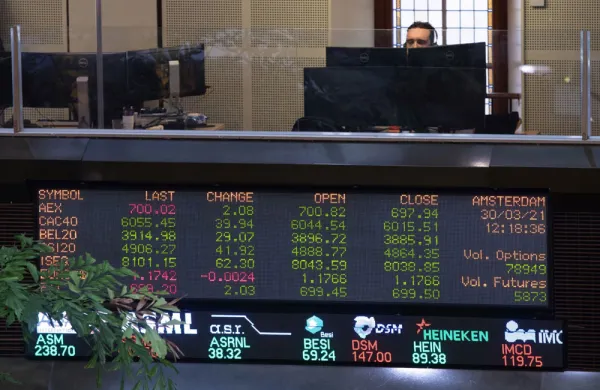A fee war is destroying the asset management business. Or is it?
According to new research published in the Financial Analysts Journal on Tuesday, average fund fees declined more than 34.2 percent between 2009 and 2017, but expenses actually increased in 2018.
“Following this increase, investors were paying almost exactly the same average expense ratios as they were in 2004, despite a stream of news stories detailing fee competition across the industry,” wrote the study’s authors.
For that reason, they are questioning the widely held assumption that the industry’s revenues are threatened by a fee war among asset managers.
“Although tremendous deals may be found in some of the most popular investment categories, fee competition among fund providers has not lowered expenses for all ETFs across the industry,” according to the article.
For one thing, the newest and fastest-growing ETF products are among the most expensive.
“They were passively managed funds figuring out a way to charge more than 40 [basis points],” said Travis Box, one of the article’s authors and an assistant professor of finance in the College of Business at Clemson University, in an interview. Box wrote the article with Ryan Davis of the Collat School of Business at the University of Alabama and Kathleen Fuller of the School of Business Administration at the University of Mississippi.
Box stressed that investors are actively choosing the high-cost funds.
“If you woke up on January 1, 2018, and you didn’t alter your portfolio in any way, you would have experienced a reduction in fees,” he said. “So this was a decision that investors made. It’s not the sponsors’ fault. Investors moved or added new money into these more narrowly defined strategies that tended to cost more.”
[II Deep Dive: The Next Big Fee Trend?]
The study was quantitative, so the professor doesn’t know why investors made their decisions.
However, investors may be comparing an ETF that charges a 40-basis-point fee (or 0.40 percent) with more expensive actively managed funds that they likely replaced, said Box.
In addition, investors may be willing to pay higher fees for more narrowly defined funds, such as low volatility ETFs. These may appear to be more complex from an investor’s perspective, justifying the increased expense. But Box said these funds are still quite simple to oversee for an asset manager and are “incredibly cheap to put together” from an operational standpoint.
“You can buy a number of stock market index funds for less than five basis points,” said Box. “Why pay 40 basis points to hold a portfolios of 50 securities that is still passively managed?”
From 2004 to 2018, total fee revenue grew by 23.5 percent annually, proportional with asset growth, according to the article.
As for much-publicized fee declines, these may have plateaued, as asset managers offer more specialized ETFs, the authors found.
“The total number of funds listed in the United States grew from 145 in 2004 to 2,028 in 2018, and the newer ETFs often hold more specialized portfolios than the older funds,” according to the article. “The fees for these more complex funds may be higher because they are actively managed, are constructed as funds of funds, follow an ‘enhanced’ index, use leverage, or track the inverse of their benchmarks.”







